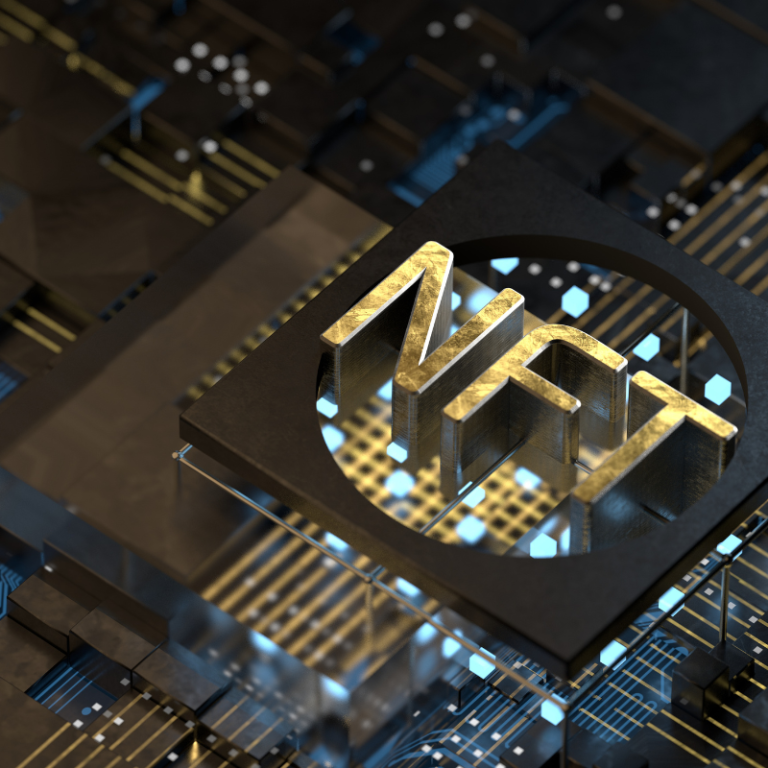It is the year 2024, and integration of emerging technologies into the field has been immense. The latest low code development trends really seem to have changed everything in the tech industry. Low-code development is changing how we build apps.
Low-code and no-code platforms are designed to simplify and fasten-up the application development process. It enables users with minimal coding experience to build functional apps, often in a fraction of the time it would take using traditional methods.
In this blog, we will cover basics of low-code and it’s full potential including what the top trends are in 2024.
Genesis Of Low Code Development Trends
Low-code development began at the very beginning of the 2000s when rapid application development platforms started to spring up. These targeted ease in application construction through a visual drag-and-drop interface that minimized manual code writing. They provided faster ways of building applications and required less prior knowledge in coding.
Low-code has only just begun to reach mainstream in the mid-2010s. Firstly, more and more businesses adapted to it because it helped them develop apps faster and at lower costs. For one, with the need to reduce the dependency on large teams filled with expert developers, smaller organizations can now compete on equal terms in the digital arena.
In 2014, Forrester coined the term “low-code” to categorize all those platforms that worked on making the development simpler and more accessible. These platforms allowed professional developers and non-developers to create applications without deep coding skills.
Low-code revolutionized the building of software, ushering in new efficiencies and opening the range to a wider circle of people. Today, low-code does not stand still, powered by trends which keep the spotlight on speed, simplicity, and wider accessibility in application development.

Why Low-Code Became Popular
Low-code adoption started to gain momentum in the 2010s and really accelerated in the 2020s, driven by an increased urge for speed in application development. Traditionally, business software could be built using two major strategies: developing it in-house using experts or buying off-the-shelf software that often required modifications. Both approaches were time-consuming and expensive.
Low-code development platforms introduced another option. With these platforms, organizations could create and implement applications using little to no coding. Users were enabled to create functional apps in drag-and-drop fashion, without highly developed skills in programming. It allowed non-developer users-sometimes referred to as “citizen developers“-to compose and manage applications.
This is particularly so in industries like banking, healthcare, and retail, where organizations began to realize the potential of low code development trends to extend custom app development without needing an army of software developers. Instead, this enabled them to launch new products or services in a fraction of the time it would have traditionally taken, which became paramount as digital transformation rose to the top of their agendas.
Low-code simplified the development process and lessened the dependency on highly specialized software engineers. This means app creation can be quicker and less expensive making it available to more people. As a result, companies can keep up in a shifting market.
Top 5 Low-Code Development Trends in 2024
In 2024 low code development trends is transforming because of several key factors. These factors involve:
Democratization of Development
Low-code platforms enable nontechnical users, called “citizen developers,” to develop apps with minimal coding knowledge. This decreases the dependence on IT departments and broadens innovation through every level of an organization.
Artificial Intelligence and Machine Learning
Nowadays, these systems have grown more powerful: AI and machine learning enable them to operate and even propose improvements. In fact, these technologies are empowering users to build even more complex applications by making development faster, intelligent, and not requiring deep technical skills in this area.
Expanding into Complex Applications
Low-code development platforms have grown from developing simple applications to handling complex and large enterprise-level applications. This is through the continuous improvement in the architecture of the platforms, which enables solving big tasks faster and more effectively.
Cloud-Native Low-Code Development
This is particularly true for those cases where companies are adopting cloud infrastructure. For these reasons, scalability, cost efficiency, and security would form the probable face of low-code cloud-native platforms that will gain momentum in organizations in their effort to modernize.
Security at the Forefront
With the increasing adoption of low-code by more organizations, security has come to the fore. Low-code platforms are now embracing advanced security measures so that apps created with low-code can meet or even better the standards set by each particular industry, such as finance or health care.
Challenges Facing Low-Code Development Trends in 2024
On one hand, low-code platforms make the development process easier and faster. On the other hand, they bring security challenges. Non-technical users may sometimes not have an exact view on how to securely code their applications, making them vulnerable.
That is why it is so important for the proper security features to be built into low-code platforms, which would provide security for the apps developed by such possibly inexperienced users.
With low-code development platforms, one can create only small-scale applications because, generally, more complex projects require features or integrations that are beyond the capacity of such platforms.
More often than not, professional developers have to step in to handle the harder parts of the applications, making low-code a complementary tool rather than the solution.
Besides, low-code platforms raise scalability and integration concerns, particularly in the growth of businesses that require more robust solutions. Integrating low-code apps with any legacy system is very difficult and hard to scale up for bigger workloads.
In highly regulated verticals like health care and finance, it becomes obligatory to exercise strong governance and compliance policies to make sure that apps built on low-code platforms meet legal standards, especially when developed by nontechnical users.
The Future of Low-Code: AI, Growth, and Collaboration with the Developers
The low code development trends in 2025 will continue to grow, and it is AI that will dominate, making the process of creating apps easy for non-developers. More industries will be on board, such as healthcare, finance, and education, which will hasten and intelligentize app creation with low-code solutions.
In parallel, while low-code platforms continue to become more powerful-leading to greater adoption-the need for trained developers will be on the rise, especially in complicated tasks management. In the future, low-code development will balance with traditional development to drive faster, effective software solutions into any industry.







